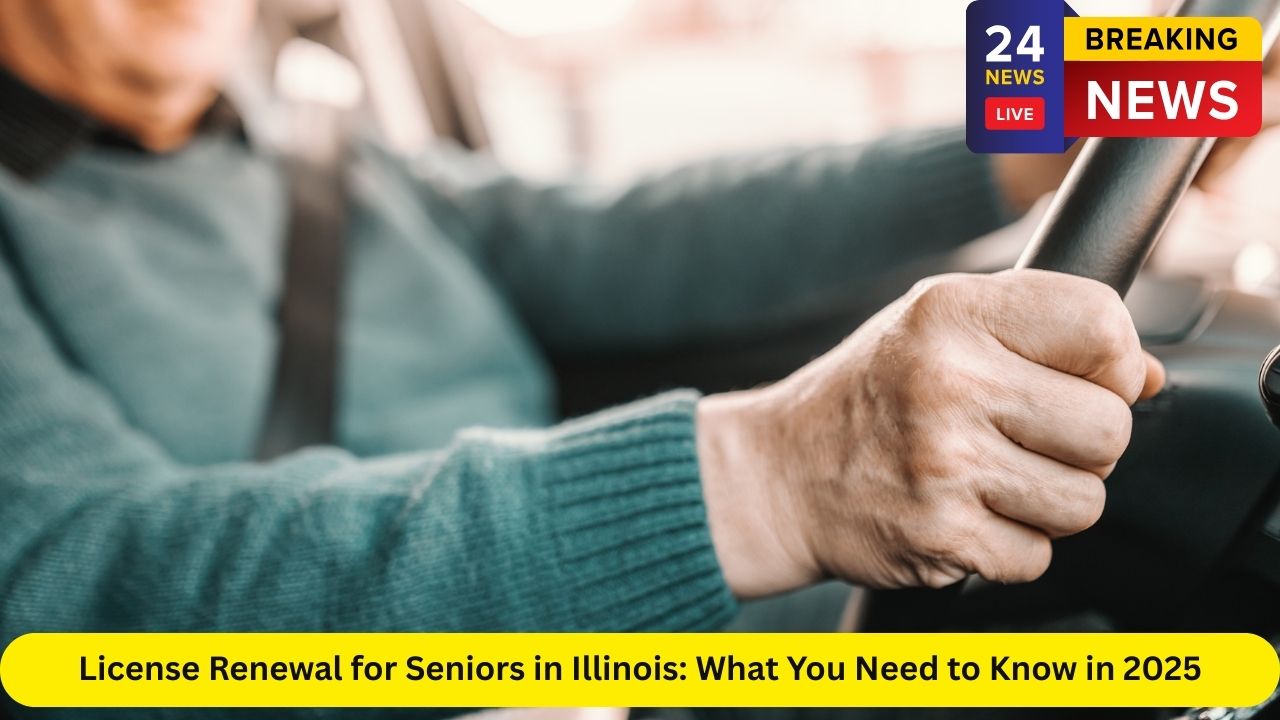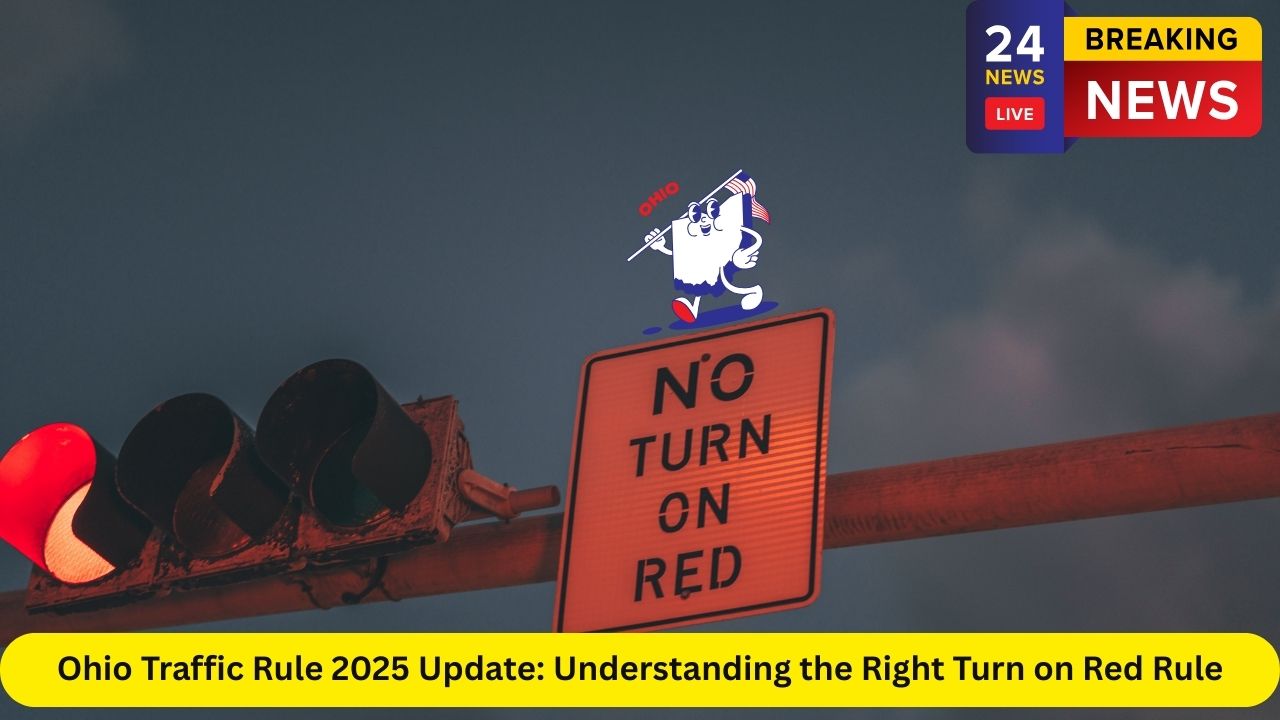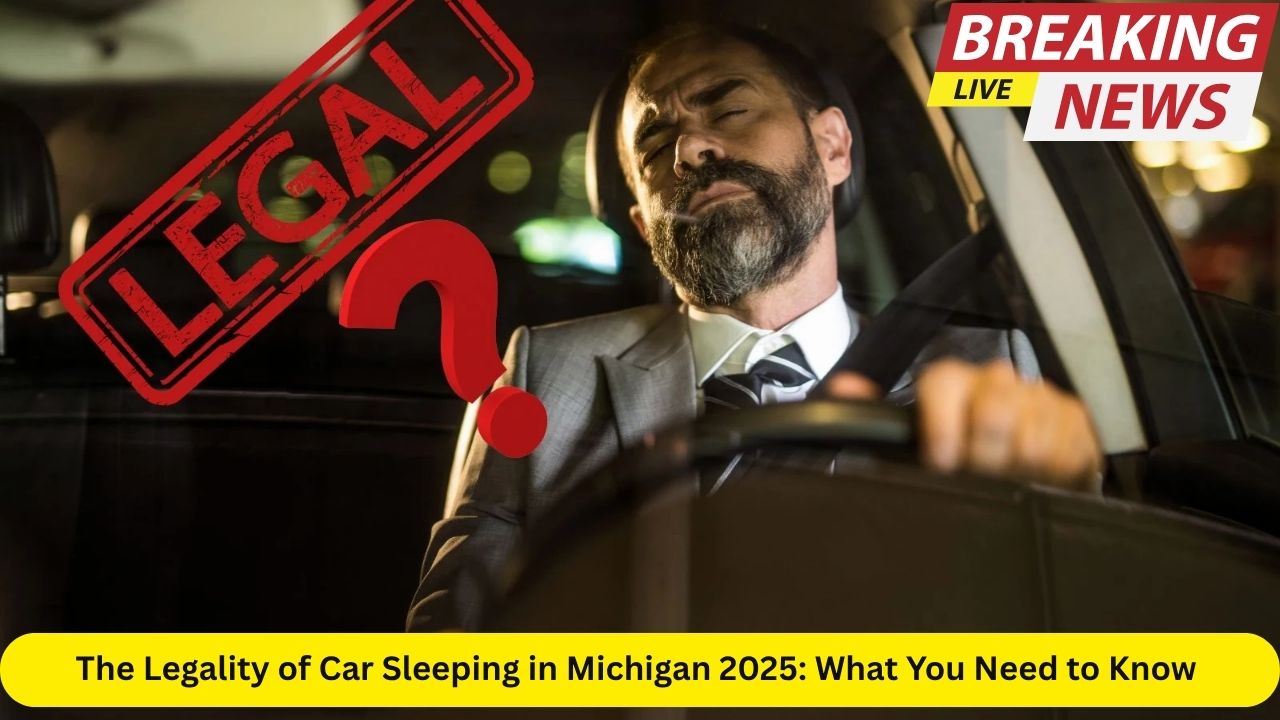In 2025, a new update to North Carolina’s traffic regulations brings the Right Turn on Red (RTOR) rule into sharper focus. As cities grow and pedestrian safety becomes a critical concern, understanding the nuances of the rule is more important than ever. Whether you’re commuting through Raleigh during the morning rush, navigating Charlotte’s bustling downtown, or cruising along Wilmington’s coastal roads, this guide will walk you through everything you need to know about the updated rule—and how it impacts your daily drive.
What Is a Right Turn on Red?
A Right Turn on Red occurs when a driver approaches a stoplight that has turned red and—after coming to a complete stop, making sure the way is clear, and confirming there’s no sign prohibiting it—turns right. This practice became widespread across the U.S. after California enacted the law in 1939, and it was legalized nationwide during the 1970s to conserve fuel during the energy crisis. In North Carolina, RTOR has been the default for decades—unless signage says otherwise.
Why the 2025 Update Matters
In recent years, rising pedestrian and cyclist fatalities have prompted some jurisdictions to reconsider RTOR. Studies show that pedestrian accidents involving vehicles turning right on red increase by 60%, and bicycle accidents by nearly 100%. As a result, cities like Washington, D.C., are implementing bans on RTOR in certain zones as of 2025. North Carolina’s state transportation policy mirrors that caution—with new language aiming to empower local communities to restrict RTOR in high-risk intersections, school zones, and business districts.
This update underscores a balance—retaining RTOR where safe and efficient, but restricting it where pedestrian vulnerability is higher.
North Carolina’s Default Rule
The base law in North Carolina remains familiar:
Drivers can turn right on red after coming to a full stop, unless a sign explicitly prohibits it.
You must yield to oncoming traffic, bicycles, and pedestrians before making the turn.
A red arrow pointing right means you may not turn on red, despite the arrow being red.
Left turns on red have never been allowed and still aren’t.
RTOR is allowed statewide, but cities now have local authority to restrict it in specific areas.
Where and When You Can’t Turn on Red
Despite the statewide allowance, certain exceptions apply—especially in urban and sensitive zones:
Signage: “No Right on Red” signs override default permissions.
Red Arrows: A red arrow means stop and wait for green.
Local Restrictions: Cities like Wilmington, Charlotte, Raleigh, Greensboro, and Chapel Hill can restrict RTOR near schools, hospitals, and downtown zones.
Time-Based Prohibitions: Select intersections may ban RTOR during peak traffic or school hours.
Visibility Constraints: Intersections with obstructed views or high pedestrian traffic may see RTOR restricted even without signage.
The Safety Rationale: Pedestrians, Bikes, and Heavy Vehicles
Evidence shows RTOR can endanger vulnerable road users, especially when drivers:
Miss pedestrians in the crosswalk due to blind spots—particularly with SUVs and pickups.
Overestimate stopping ability, leading to encroachment into crosswalks.
Misjudge bicycle speed, especially at busy downtown crossings.
North Carolina’s 2025 update responds to these dangers by empowering local decision‑makers to prohibit RTOR where pedestrian fatalities have spiked. For example, Wilmington saw a 10% rise in pedestrian-related RTOR accidents between 2020–2024, prompting a citywide review. Charlotte’s Uptown district is also adjusting signal timing and RTOR restrictions to improve bike and foot traffic safety.
Key Cities and How the Rule Applies
Raleigh
RTOR is allowed at most red lights. However, downtown Raleigh has added “No Right on Red” signage at about 15 intersections near schools and business districts. New signal timing ensures a full stop, and red arrows are enforced during pedestrian-heavy hours.
Charlotte
RTOR remains common on major roads, but places like South Boulevard and Tryon Street now feature peak‑hour bans and more red‑arrow signals to protect walk-in traffic near stadiums and transit hubs.
Wilmington
The city is phasing in RTOR restrictions at crossings near the port and historic downtown. Long‑standing red‑light camera programs are being revisited to ensure compliance with state guidelines.
Greensboro
Local engineers are assessing intersections near North Carolina A&T State University for RTOR modifications tied to pedestrian safety and bike path expansions.
Durham
RTOR continues in most residential areas, but downtown Durham updated signal sequences in mid‑2025 to include red arrows near major thoroughfares.
How the Update Affects Drivers
Required Stops and Yields
Complete Stop: Must halt behind the limit line or crosswalk.
Check Carefully: Look left—then crosswalks and bike lanes—before turning.
Yield: Any pedestrians crossing or approaching the intersection have priority.
Signage and Red Arrows
No Turn on Red Sign: Always obey. It’s legally binding.
Red Arrow: You can’t turn—wait for green arrow or green light.
New Local Signs: Look for municipal signs in school zones or downtown.
Fines, Points, and Penalties
Illegal RTOR is a moving violation, carrying up to 3 points on your license.
Fines typically reach $100, with added fees depending on jurisdiction.
Accumulating 12 points in three years may result in license suspension.
Insurance premiums may increase if flagged for repeated infractions.
Enforcement and Red-Light Cameras
North Carolina law allows municipal red‑light camera enforcement, but only in cities that explicitly enable it. Cities currently using them include:
Wilmington: Piloting cameras at several RTOR‑restricted intersections.
Charlotte: Considering additional cameras in busy districts.
Raleigh: Currently halts RTOR enforcement via cameras, relying instead on police patrols.
However, some city programs—including in Wilmington—undergo scrutiny to ensure camera use complies with state policy and doesn’t infringe civil liberties.
Safety Best Practices for Making the Turn
Stop fully before the line or crosswalk.
Use a 3‑step scan: Left → Crosswalk(s) → Left again.
Inch forward slowly to improve visibility if blocked.
Be ready to stop mid-turn if pedestrians step into the crosswalk.
Avoid cell phone use or distractions, especially in busy zones.
Watch for cyclists—they’re harder to spot and may be crossing when you turn.
Addressing Common Misconceptions
“You don’t always have to stop.”
Wrong. You must always come to a complete stop—even if you took the curve fast you must still stop.
“Flashing red versus solid red.”
A flashing red = Stop sign behavior—you may proceed when clear. A solid red = no move unless green or waved through.
“Left turn on red is allowed.”
No. North Carolina still prohibits left turns on red, even between one‑way streets.
“Pedestrians can’t walk during RTOR.”
Pedestrians always have the right-of-way in crosswalks. Even if RTOR is allowed, you must yield.
Stats & Trends Around Right-on-Red Accidents
Nationally, pedestrian accidents during RTOR have risen by 80% over the past two decades.
In North Carolina:
Over 20% of RTOR collisions involve pedestrians and bicycles.
Urban centers like Raleigh and Charlotte account for 60% of statewide RTOR‑related accident reports.
Intersections near schools show a 15% higher compliance rate when properly signed.
These trends accelerated the 2025 rule update, aiming to reduce fatalities while still maintaining road efficiency.
Future Outlook and Policy Conversations
Local Law Empowerment: Counties and cities will begin identifying high‑risk intersections and installing signs to prohibit RTOR where necessary. Expect community meetings and public input sessions in mid‑2025.
Signal Timing Advancements: North Carolina DOT is working on updating traffic signal timing plans, adding more red arrows and adjusting RTOR permissiveness based on pedestrian volume.
Smart Technology Integration: Pilot programs—including smart cameras that flash alerts to drivers—are underway in areas like Charlotte and Durham.
Legislative Review: State legislators are expected to measure the 2025 update’s impact through recurring safety reports. Further modifications could follow in 2026 or 2027.
Conclusion
The 2025 update to North Carolina’s Right Turn on Red rule prioritizes safety, particularly for vulnerable road users like pedestrians and cyclists. The law no longer treats RTOR as a simple default; it now encourages anatomical scrutiny of when and where it’s safe to use. Most intersections still allow it—provided you stop and yield—but new signage, red arrows, and city-level restrictions are emerging in school zones, downtown areas, and high‑traffic crossings.
For drivers, the message is clear:
**Always stop fully.
Yield to others.
Watch for new signs or signals.**
By staying informed and attentive, you can continue to benefit from the convenience of RTOR while also contributing to safer roads for everyone—walking, biking, or driving. As North Carolina moves forward with modern traffic policy, this rule update signals a new era in road safety—where convenience meets responsibility.













Leave a Reply